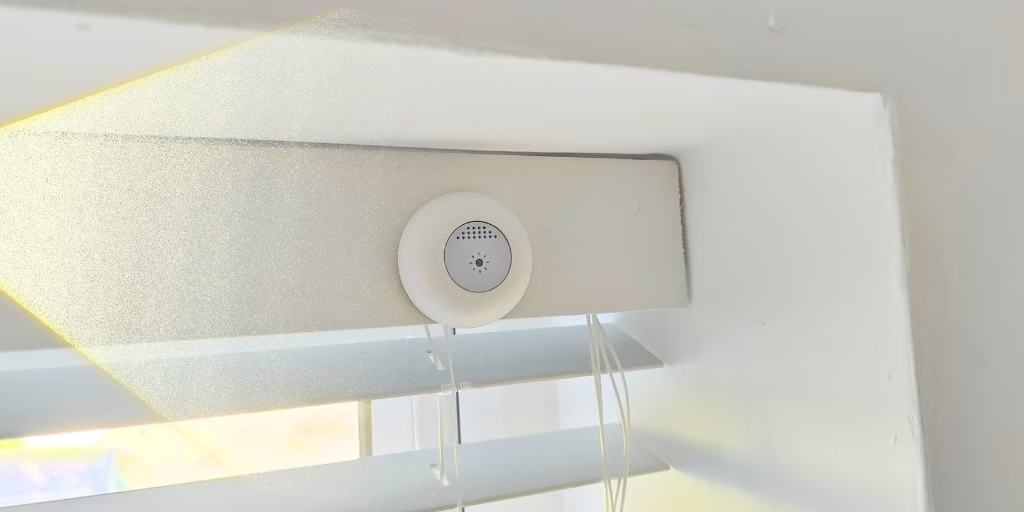How to Install and Use Smart Light Sensors in Your Home
Smart home light sensors offer a blend of convenience, improved energy efficiency, and security by automating your lighting systems. Understanding their functionality and installation can help you maximise their benefits
How Light Sensors Work: The Science Behind the Tech
Smart light sensors rely on a photodetector component—commonly photodiodes or photocells—that reacts to light. When light falls on these sensors, it generates an electrical current. The intensity of this current depends on the amount of light received. The sensor translates these signals into measurable data, which is then used to trigger actions such as turning lights on or off.
How Is Light Measured?
Light intensity is measured in units called lux (lx), which quantifies the amount of light visible to the human eye that illuminates a surface. For context:
- A bright, sunny day outdoors can measure around 100,000 lux.
- Standard indoor office lighting is typically about 500 lux.
- Twilight conditions might be just 10 lux.
Many smart light sensors allow you to set sensitivity thresholds in terms of lux. For example, you might configure a sensor to activate lights when ambient light falls below 200 lux, ensuring consistent brightness.
Practical Applications of Light Sensors
Light sensors are highly versatile and can be used in various scenarios:
- Energy Efficiency: Automatically switch lights off during the day to save electricity.
- Home Security: Illuminate entryways or pathways when low light is detected.
- Mood and Ambience: Adjust light intensity in living spaces to match the time of day.
- Automations: Use a light sensor to trigger a smart blind to close, when bright sun is shining though the window
Different Names for Light Sensors
Depending on the manufacturer or context, light sensors might be known as:
- Ambient light sensors
- Daylight sensors
- Lux sensors
- Photocells
- Illumination Sensors
- Illuminance sensors
Installation Tips: Location Matters
Proper placement of light sensors is crucial for their effectiveness. Here are some practical tips:
- Avoid Direct Sunlight: For accurate light measurement, install sensors in shaded areas where they can detect ambient light without interference from direct sunlight.
- Minimise Obstacles: Ensure the sensor’s view is unobstructed by furniture, curtains, or walls indoors.
- Test Before Finalising: Experiment with placement before making permanent installations to optimise performance.
Additional Considerations
When selecting a light sensor, consider the following:
- Compatibility: Ensure the sensor integrates with your smart home ecosystem, such as Zigbee, Z-Wave, or Wi-Fi.
- Customisation: Look for models that allow you to adjust sensitivity to lux levels and configure automation routines.





